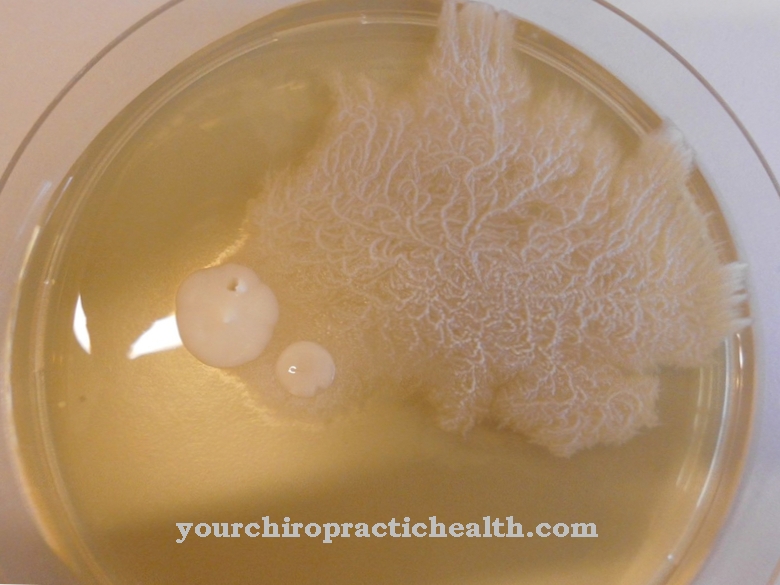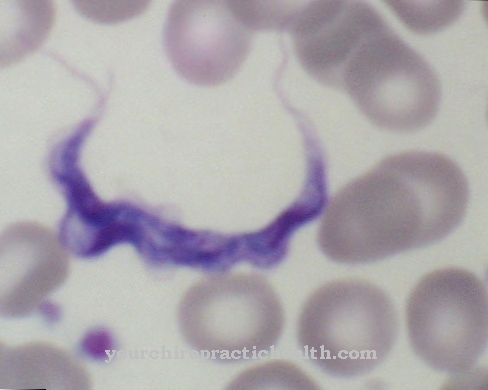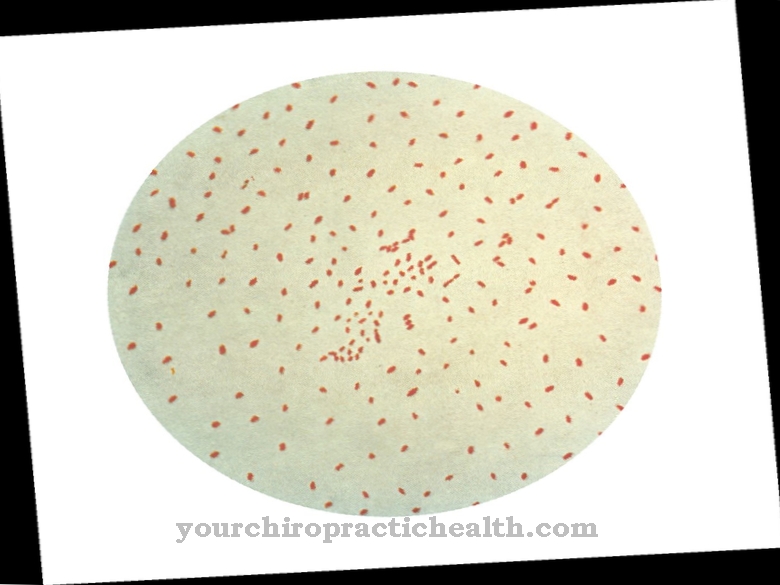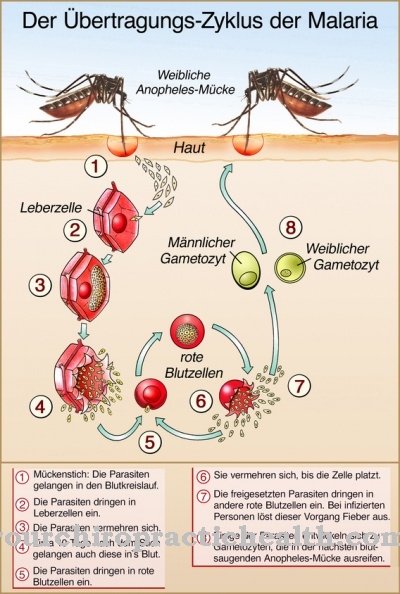Germs are everywhere. Humans wear them on the skin, in the body and spread them by coughing, sneezing and any form of physical contact. Animals carry germs from one end of the country to the other, often even from one continent to the next. Whether armrests on the train, door handles or shopping carts in front of the supermarket - they all have one thing in common: They are covered with germs. Unlike our fear of car accidents, an unhealthy diet, cigarette smoke or genetically modified food, the danger of germs is easily overlooked.
What are germs?
Out of sight, out of mind, is one possible explanation for why Germinate as a cause of disease is given so little importance. Understandable, because germs are nothing more than microorganisms.
Microorganisms are made up of the well-known bacteria, viruses and fungi as well as protozoa, archaea and microalgae. They all have one thing in common: They are microscopic. What they don't have in common is their effect.
Because microorganisms can have both positive and negative effects on people and their environment. Germs, however, refer to microorganisms that have a dangerous or life-threatening effect on human health.
Meaning & function
The bacteria Lactobacillus acidophilus live in our intestines and take on important functions in digestion. This is an important microorganism for humans.
While mushrooms are indispensable in bread, wine and beer production. Many protozoa hunt and collect microbes for food. And that in the human digestive tract. Without causing harm to the human host.
Diseases
Still, the world is the Germs not to underestimate. Cholera, meningitis, food poisoning, scarlet fever, and many other infectious diseases are all caused by bacteria.
Sterilization of equipment, disinfection of body parts, and antibiotics are the three ways to fight bacteria. While sterilization and disinfection never lose their validity, combating bacteria with antibiotics is becoming increasingly difficult. Multi-resistant is the term used to describe the fact that some germs have become resistant to one or more antibiotics. The causes are varied, but the three most commonly mentioned are:
Antibiotics are prescribed unnecessarily, even if it has been shown not to help. Patients who do not take antibiotics properly and the vast amounts of antibiotics in livestock farming.
In everyday life, disinfection is the most common method in the fight against germs. Whether branded products or just hot water and vinegar - complete sterility is an illusion. Most conventional cleaners, as well as common sense, are sufficient to reduce germs. For example, 99% of all germs in the kitchen sponge can be killed using the microwave. Just don't forget that the sponge needs to be moistened. It is interesting that most germs do not live in the toilet, as is often assumed, but on the floor. Warm and humid is also an ideal breeding area, but some microorganisms can even survive in temperatures from -15 ° C to + 113 ° C.
While germs in the form of bacteria and fungi can very well be halted through hygiene, the situation is different with viruses. The main problem with viruses is that they are not living things in the classical sense. You need a cell, be it human, animal, or plant, in order to survive. Thus the host cell has to be combated in order to eliminate the virus. This also explains the severe side effects associated with antiviral drugs. Viruses cause around 17% of all cancer cases. And nowadays everyone knows the HIV virus, which causes AIDS. Viruses also cause flu, measles and other less fatal diseases.
The effects germs have on the human organism depends heavily on the type of microorganism and the immune defenses of the patient and the patient's environment. Hundreds of thousands of people die every year not from their disease alone, but from germs that survive in hospitals despite the sterile environment. The fight against germs is like that between an almost invisible David and a human Goliath.

























.jpg)


